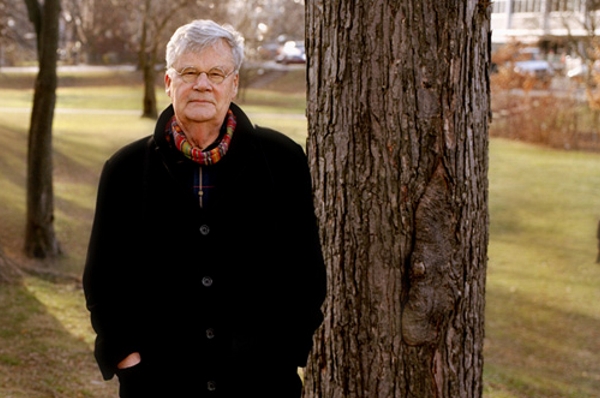The man behind the lens
September 25, 2014
Share
Andrew Stokes: What led you to take on this project?
Geoffrey James: Everyone is curious about prisoners and prisons as they’re very mysterious places. The prison has a limited visual record and I felt like if I didn’t photograph it then nobody would — there would be no one who was able to walk through the space and capture a sense of how it feels before it closed.

AS: Your shots cover a wide range of time and throughout the series it’s evident the seasons are changing. Why did you make that choice?
GJ: I shot the photos from May to September because I usually work in that mode. Getting to shoot a number of different times is a luxury because you get to review your photos and see what you’ve captured and what you’re missing. When photographing the Pen I couldn’t really take being in there for more than three days at a time because it was too difficult for me.
AS: Many of the photos in the exhibition show vacant cells and empty spaces. Why did you make that decision?
GJ: I photographed most of the cells the day they were vacated when there was nobody in them because I didn’t want to pry or intrude into people’s space. What I captured instead was what people left behind. What the inmates left drawn or gouged on the walls was a significant part of the story and I feel like it spoke very eloquently.
AS: Many of the photos that do feature people come from an Aboriginal changing of the seasons ceremony you photographed. Is there a particular reason for that?
GJ: When I was walking around taking photos, group shots were very difficult. Most groups didn’t want anything to do with me, but with the Aboriginal group it was different. I found it very moving, and it was a situation where they weren’t like inmates anymore. They cooked their own food and so were able to eat elk stew and bannock. When I gathered them for a group photo, they were very proud to be together, and the warden even allowed me to produce a copy of the shot for each of them.
AS: This collection of photos exists somewhere between documentary photography and art photography. How do you negotiate the two genres?
GJ: I don’t really differentiate the two, and I really try to avoid making “art” photos. I avoid dressing like a photographer and never carry a camera bag or anything — the camera I do use looks rather quaint I think. My hope is to make intelligent photographs that do justice to their subjects and that are affecting in a simple way.